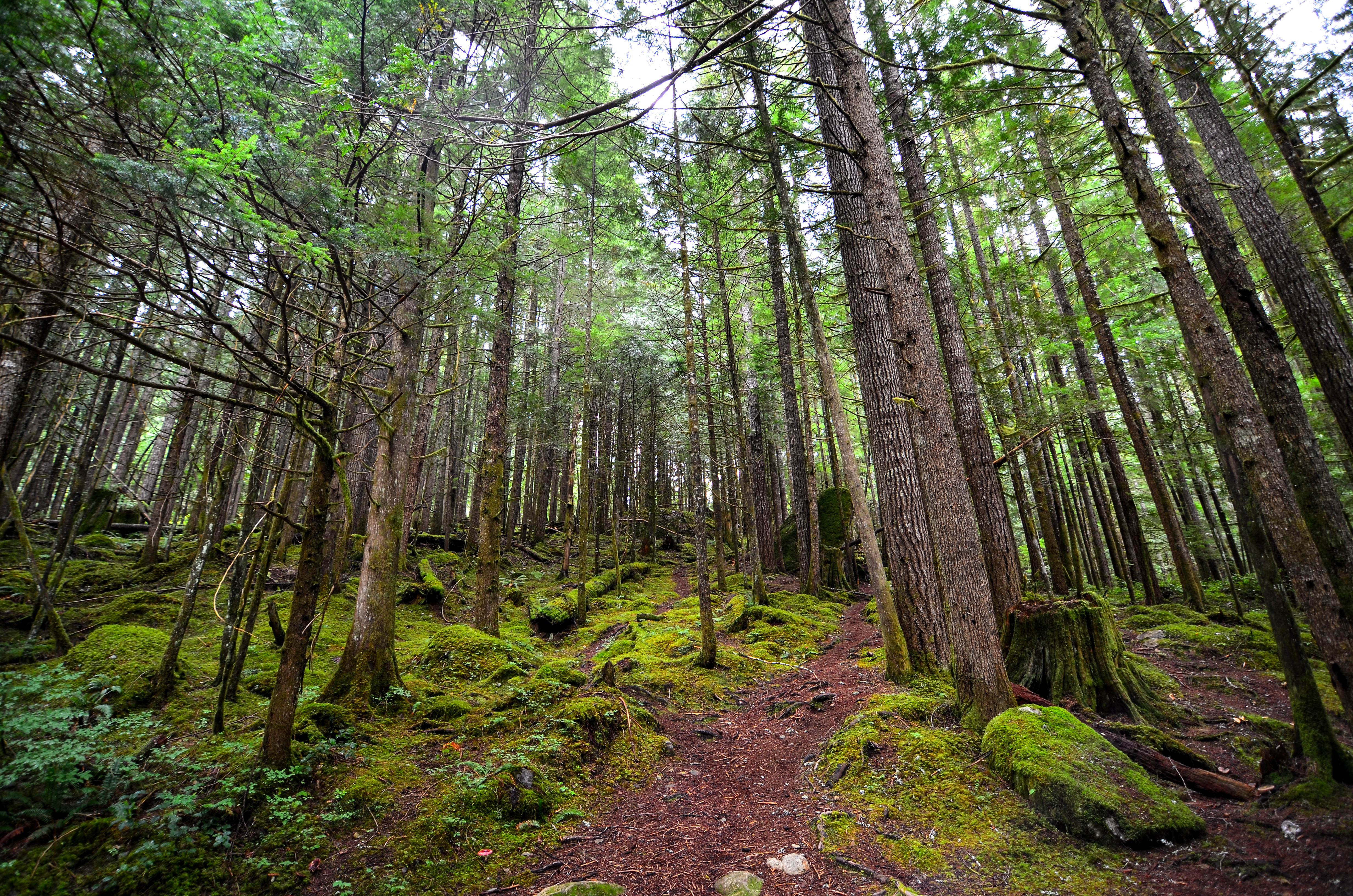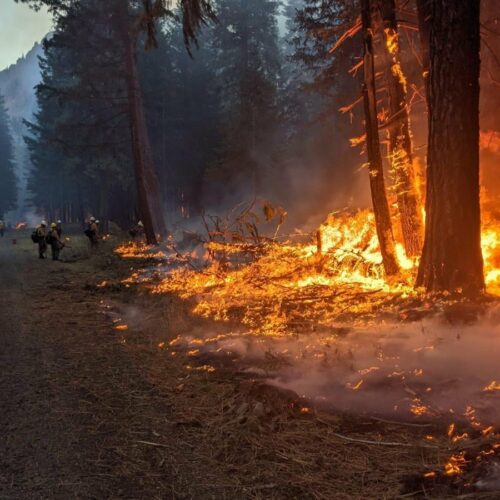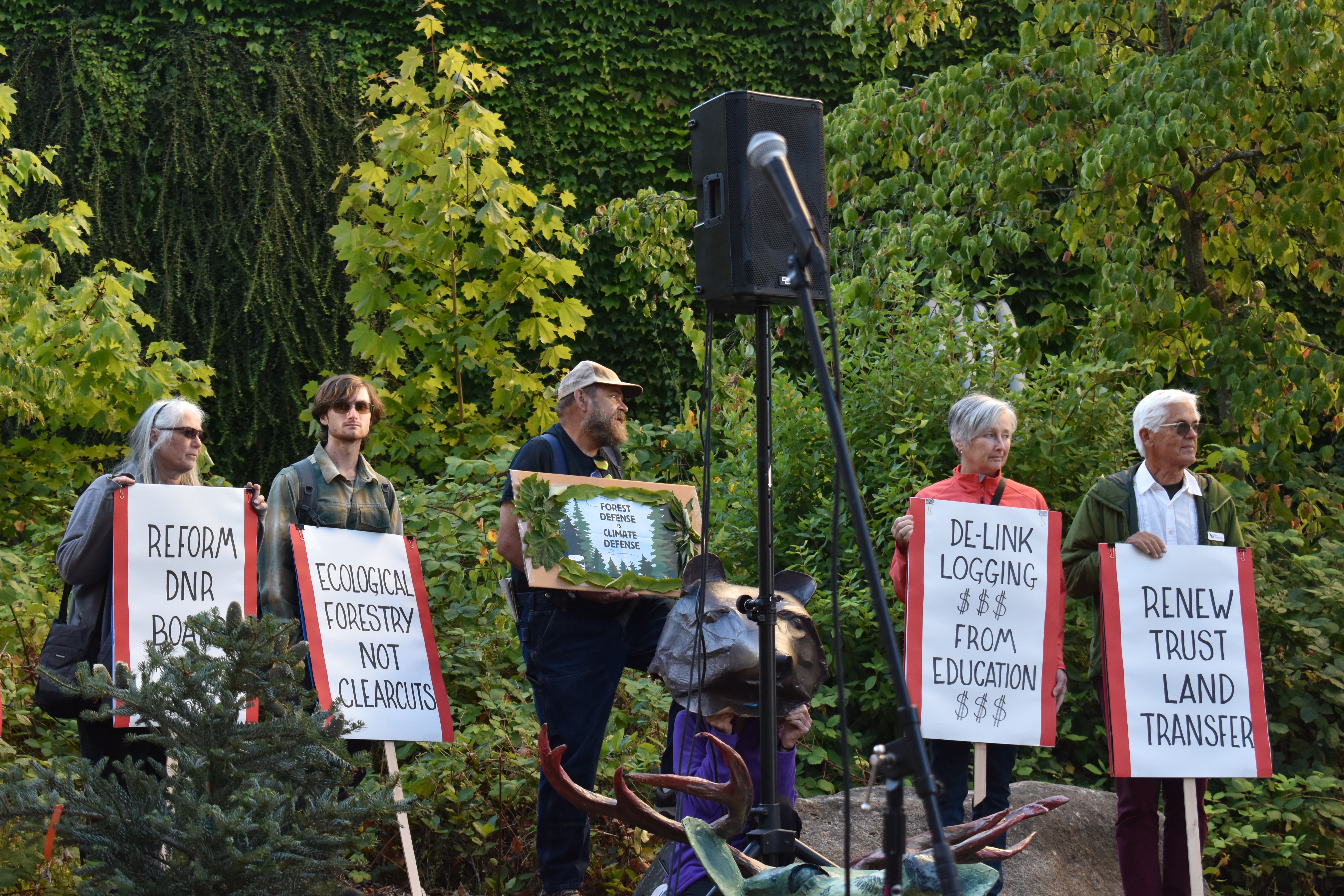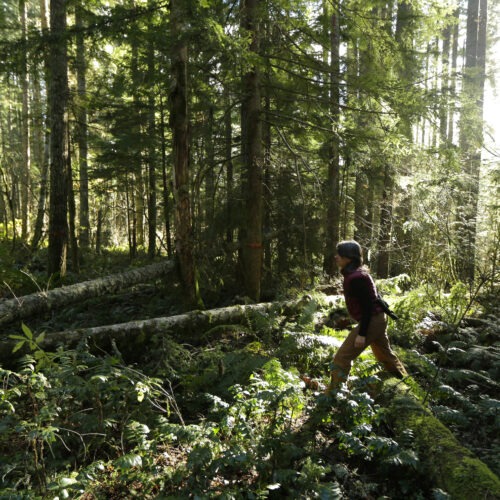
A Look At The Keep Washington Evergreen Initiative – Part Three: Reforestation
Read
By Lauren Gallup
The Keep Washington Evergreen initiative, proposed by public lands commissioner Hilary Franz in November, seeks to protect forests in the state over 20 years. In this final story, we look at the goal of reforestation.
When you think of deforestation you may not think of urban areas but tree canopy loss in cities is a big problem. Commissioner Franz says the initiative’s other goal is to reforest 1 million acres over the next 20 years across Washington, including in urban areas affected by the loss of canopy cover and green spaces.
“We have urban areas that have lost tree cover and frankly, exacerbating inequities that prevent — if you play that out by race and income, you find that communities of color and low income communities have far fewer trees than more affluent, majority white communities,” Franz says.
The focus on reforesting urban areas is a big part of why Rep. Kirsten Harris-Talley is excited about the initiative. Harris-Talley represents the 37th district in Washington, including Rainier Beach, Renton, and unincorporated Skyway among other areas. Harris-Talley will co-sponsor the legislation with Sen. Christine Rolfes in the 2022 legislative session, according to a DNR press release.
Harris-Talley’s district is one of the most diverse in Washington. She says this in part comes from “egregious government policy,” known as redlining. What was at one time forested land in her district is now an urban jungle of concrete.
“We have some of the worst air quality in Washington State. And I cannot divorce the impact of that, from cars on the road, or lack of trees,” Harris-Talley says.
Harris-Talley would like to see both better management to preserve forests, as well as expanding the places where trees are planted. She talked about Seward Park which she says is an example of managing parks, and the forests within them in a city.
Harris-Talley says the initiative is an opportunity to have an urban, rural and suburban conversation about managing public lands. She feels it’s a start, but that ultimately, Washington doesn’t have enough resources to address all these concerns, with having, what she calls the “most upside-down tax code in the country.”
She also hopes that the perspectives of residents in the unincorporated portion of her district will be represented in these conversations.
This is part three of “A Look At The Keep Washington Evergreen Initiative.” Parts one and two are also on NWPB’s website.
Related Stories:

Federal government allocates over $6 billion to wildfire technology and management
Lawmakers are allocating over $6 billion this fiscal year to support the Department of the Interior and the United States Forest Service in wildfire response.
It’s an increase of 14% from the last year’s funding, and will support wildfire suppression, operations and a new research hub to aid fire management. This fiscal year, the forest service will see an increase of $576 million in available funding for wildfire response.

Rally Outside Board Of Natural Resources Meeting Demands Board To Address Call To Action
Hundreds gathered outside the Board of Natural Resources meeting in Olympia this week to demand the board make further commitments to forest conservation.

“Prepare For Higher Than Average Fire Season,” Says Washington Forest Protection Association
Paula Swedeen, a forest policy specialist for the Washington Environmental Council, walks through forest land adjacent to Mount Rainier National Park. (AP Photo/Ted S. Warren) Listen Reporter Lauren Paterson tells















